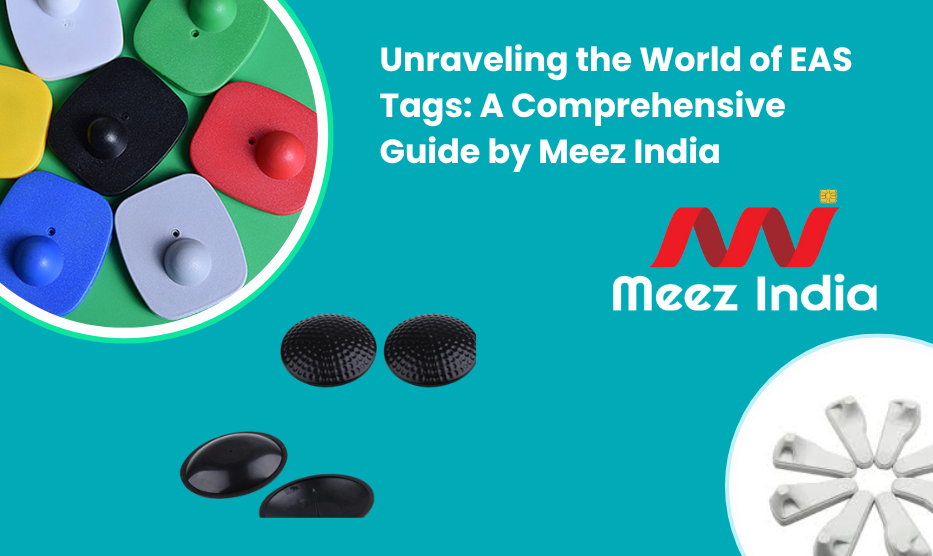
Unraveling the World of EAS Tags: A Comprehensive Guide by Meez India?
Introduction: In an era of technology and innovation, retailers and businesses strive to provide seamless shopping experiences while combating theft and shoplifting. Electronic Article Surveillance (EAS) tags have emerged as an effective solution to protect merchandise and enhance security. In this blog post, we will dive into the world of EAS tags, exploring the various types and their unique uses, brought to you by Meez India, a leading provider of cutting-edge retail security systems in India.
Radio Frequency (RF) EAS Tags:
RF EAS tags are one of the most commonly used security devices in the retail industry. These tags consist of a tiny chip that emits radio frequency signals. They are attached to merchandise, and when someone attempts to leave the store without deactivating or removing the tag, the security system triggers an alarm. RF EAS tags are ideal for protecting a wide range of products, including clothing, accessories, electronics, and more.
Acousto-Magnetic (AM) EAS Tags:
AM EAS tags use magnetostrictive technology to create a surveillance system that is highly sensitive and efficient. These tags resonate at specific frequencies when exposed to a magnetic field. AM EAS tags are known for their robust performance, making them suitable for use in busy retail environments. They are often used to protect valuable items such as high-end fashion products, jewelry, and electronic gadgets.
Electro-Magnetic (EM) EAS Tags:
EM EAS tags are designed using a unique magnetic strip technology. When an EM tag passes through an EM security gate without proper deactivation, an alarm is triggered. EM EAS tags are widely used for protecting libraries, pharmacies, and retail stores. Their advantage lies in their reusability, which can significantly reduce operational costs for businesses.
RFID (Radio Frequency Identification) EAS Tags:
RFID EAS tags go beyond traditional security purposes. They serve as an inventory management tool, enabling businesses to track merchandise throughout the supply chain. RFID tags use electromagnetic fields to transmit data to RFID readers, making inventory management more efficient and accurate. They find applications in retail, logistics, and asset-tracking industries.
Source Tagging EAS Tags:
Source tagging involves embedding EAS tags into products during the manufacturing or packaging process. This strategic approach ensures that the merchandise is protected from the moment it reaches the store shelves. Source tagging is particularly beneficial for high-volume retailers, as it streamlines the tagging process and minimizes labor costs.
Hard Tags and Soft Tags:
EAS tags come in two primary forms: hard tags and soft tags. Hard tags are rigid and are often used for products that are difficult to protect with soft tags, such as shoes or handbags. Soft tags, on the other hand, are more flexible and are commonly used for clothing items. Both types are effective in deterring theft and safeguarding merchandise.
Conclusion
Electronic Article Surveillance (EAS) tags have revolutionized the way retailers protect their products and maintain inventory control. As we've explored in this blog post, there are various types of EAS tags available, each with its specific use case and advantages. From Radio Frequency (RF) tags to RFID-based solutions and source tagging, Meez India provides a wide range of retail security systems in India to meet diverse business needs. By employing EAS tags, retailers can create a secure shopping environment for customers, reduce losses due to theft, and gain valuable insights into inventory management. As technology continues to advance, we can expect further innovations in EAS tag technology, bolstering security and efficiency in the retail industry. Remember, at Meez India, your retail security concerns are our priority, and we strive to bring you the latest and most effective solutions to protect your valuable merchandise. Happy retailing and secure shopping!
